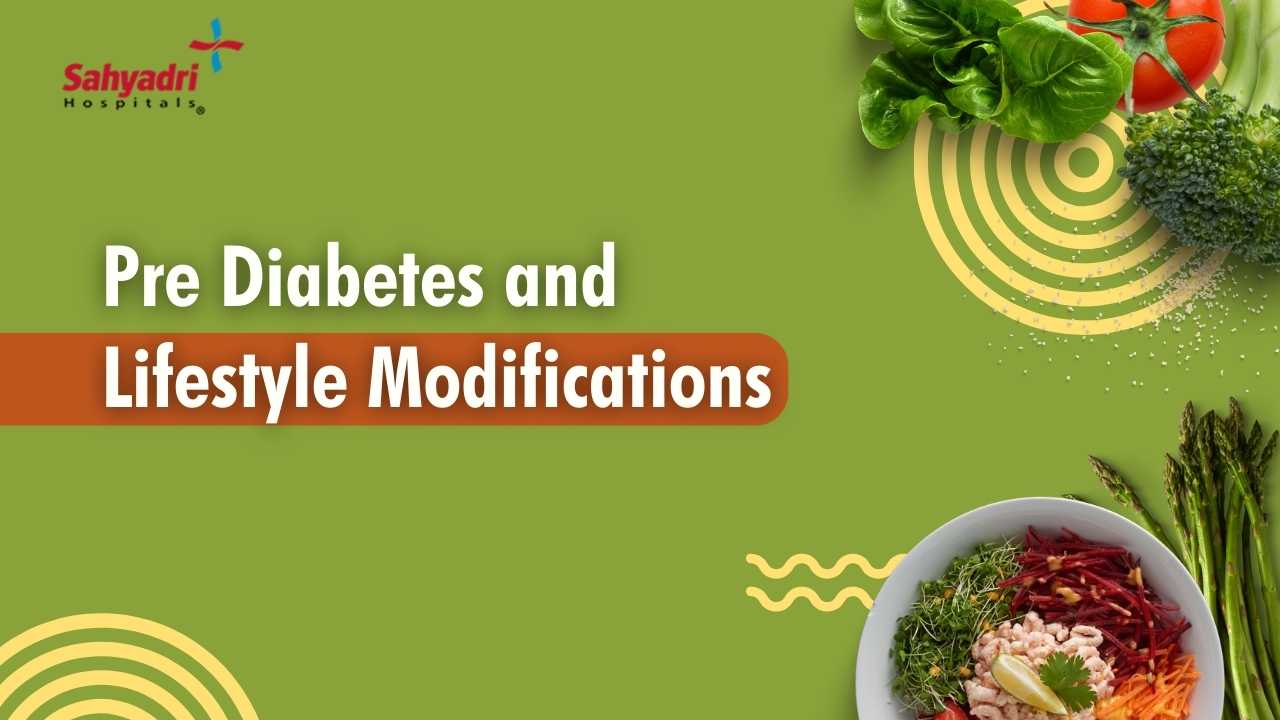Pre Diabetes and Lifestyle Modification

Dr. Vaishali Pathak | Diabetologist

So are we called as “Diabetic Capital “of the World!
The biggest and most important reason for this increasing number of diabetes or diabetic individuals is changing lifestyle, increasing obesity and lack of exercise.
Although in the presence of effective insulin and antidiabetics available in the market this diabetes has no complete cure.
If decided well in time, diabetes can be prevented and prohibited.
What is Prediabetes?
If one is able to diagnose this Prediabetes well in time and by changing lifestyle, increasing exercise and at times with Some medication we can control Prediabetes and one can achieve stage of being “ Non diabetic.”
Also Read: Is Reversal of Diabetes Possible
How to diagnose Prediabetes?
This level show clear-cut diagnostics of Prediabetes. Sometimes by doing serum fasting insulin level we can think of insulin resistance. Then there is HOMA IR Ratio. It is a formula of fasting insulin / fasting glucose.
This gives value according to which we can know level of insulin resistance. Increasing insulin resistance leads to pre diabetes, which if not controlled leads to diabetes.
Have queries or concern ?
Who should check for pre diabetes?
Management of prediabetes
- Calculating proper macros and then consuming such diet.
- Avoid bakery products, ready made juices, alcohol, fried foods, cold drinks etc.
- Eat more wholesome foods like fruits, vegetables, salads, sprouts, fish and chicken.
- High protein and low Carbohydrate diet is key to success.
- Daily exercise up to 45 minutes of cardiovascular exercise like brisk walking, cycling, jogging, running and swimming.
- Strength training is equally necessary to increase basal metabolic rate.
- Reduce fat percentage less than 30% for females and less than 20% for males.
To reduce body weight in morbidly obese person whose BMI is more than 35, Bariatric surgery is an option to treat their pre diabetes.
By managing good and healthy lifestyle, one can remain non diabetic up to four to five years from the state of pre diabetes.
“Better be safe than sorry”
About Author
Dr. Vaishali Pathak
Diabetologist, Sahyadri Hospital Deccan Gymkhana Contact: +91 88888 22222
Email – [email protected]
Patient Feedback
Great doctors, Good facilities, caring and helping staff. I recommend this hospital for day care services.
![]()
![]()
Sangram Shinde
All doctors r very good. There treatments is best. Other staff also good. The service of nurses is great...Hospital is always clean.
![]()
![]()
Vaishali Aitawade
All services provide by hospital are nice and on time. Doctors are polite and co-operative with patient.
![]()
![]()
Ankita Jagtap
All services provided by hospital is good. Hygiene maintained well.Even at night good care provided.
![]()
![]()



